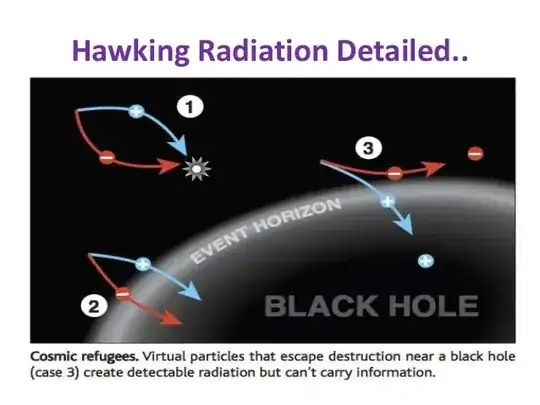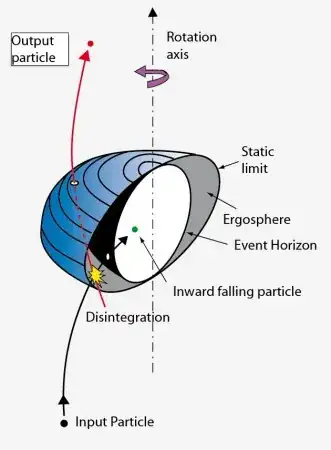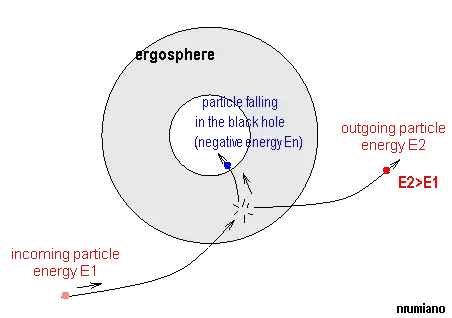Black holes hypothetically can be tapped to generate the energy of a star in a much (much) smaller package.
Black holes have a number of ways you can extract energy from them. Small black holes (perhaps artificial ones) can be made in size ranges which allow them to emit Hawking radiation. This website has a calculator which allows you to determine how much hawking radiation you can receive from any size of black hole. In this epoch, the cosmic background radiation is high enough that stellar mass black holes are effectively "dark" in terms of Hawking radiation.

The process by which Hawking radiation is emitted
Roger Penrose proposed a method of tapping rotational energy from stellar mass black holes.
The maximum amount of energy gain possible for a single particle via this process is 20.7%.4 The process obeys the laws of black hole mechanics. A consequence of these laws is that if the process is performed repeatedly, the black hole can eventually lose all of its angular momentum, becoming non-rotating, i.e. a Schwarzschild black hole. In this case the theoretical maximum energy that can be extracted from a black hole is 29% its original mass.5 Larger efficiencies are possible for charged rotating black holes.6

Simplified diagram of the Penrose Process

Another diagram
Since we are talking about stellar sized black holes, this is actually an enormous amount of energy.
Finally, a refinement of the Penrose process can be made by integrating the electrical and magnetic fields that often accompany the environment surrounding a black hole. This is the Blandford–Znajek process
The Blandford–Znajek requires an accretion disc with a strong poloidal magnetic field around a spinning black hole. The magnetic field extracts spin energy and the power can be estimated as the energy density at the speed of light cylinder times area:

where B is the magnetic field strength, r_c the speed of light radius and ω the angular velocity.6

Quasars are powered by supermassive black holes, with masses thousands to millions of times greater than the Sun
So the energy output will vary based on the size of the black hole being harvested (much like a Dyson sphere output will depend on the star within), but black holes are quite compact, so the energy density will be far higher. Remember, outside of so called "quantum" black holes created artificially or near the beginning of the Universe, black holes are stellar remnants, so you are dealing with objects starting at about 3 solar masses in terms of size, and the black holes near the centres of most galaxies are thousands to millions of times more massive than our Sun.







@mentions– John Locke Oct 18 '18 at 15:19